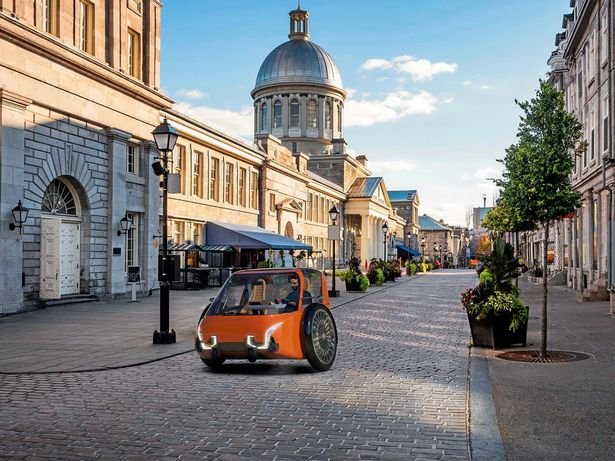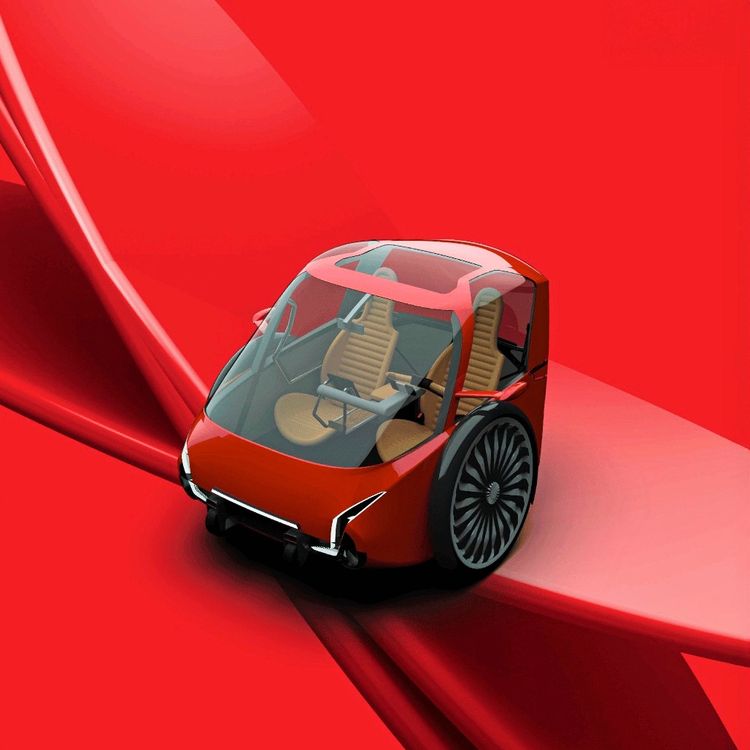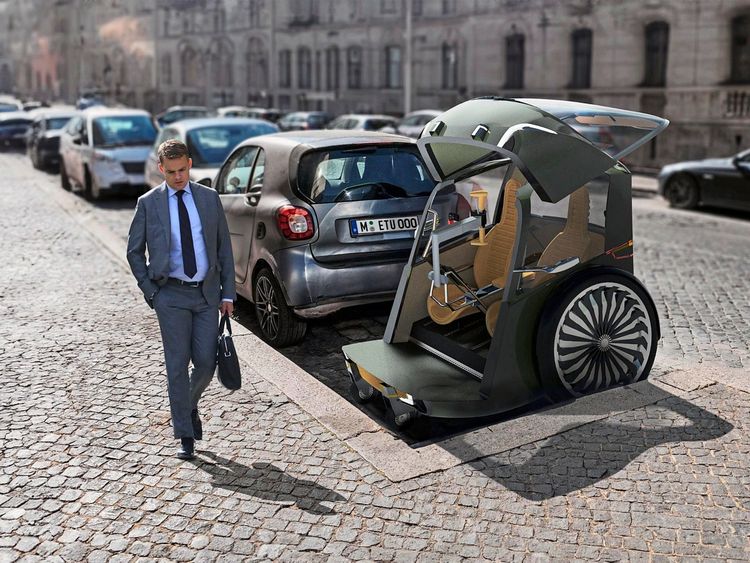The Etu, a half electric car from Tyrol, currently exists only as a concept car. However, the manufacturer plans to begin full-scale production by 2031 and aims to generate six billion euros in sales by 2036.

At first glance, you might think Wolfgang Podleiszek invented half a car. It features two wheels—okay, and two training wheels—two seats, and is just over two meters long. The Etu, as the vehicle is called, is only 1.8 meters wide.
So far, only renderings and a concept car exist of the car, which somewhat resembles half a BMW Isetta. The latter will be exhibited at the International Motor Show (IAA) in Munich this fall and has recently been parked in Wolfgang Podleiszek’s garage. He is not only the man behind the Etu and Wolf eMobility, but also the founder and CEO of the German vehicle developer Serienreif, which has been developing vehicle concepts for German vehicle manufacturers and supporting innovative vehicle developments since 2012. The Etu is therefore more than just a fun idea.
“We had KTM conduct the concept review and have already received confirmation,” explains Podleiszek. He has also already visited TÜV Süd, and they also consider his concept “not unrealistic.” However, homologation of the ETU will certainly still be a challenge.

When it goes into production in 2031, the Etu is expected to cost around €25,000, be capable of traveling at speeds of up to 90 km/h, have a range of 400 kilometers, and weigh 450 kilograms. The concept vehicle currently has a range of around 200 kilometers, but Podleiszek expects battery technology to improve considerably before production begins. He also anticipates various price increases—the vehicle is currently available at a lower price.
Two crates of beer, two batteries
The Etu’s design focuses on being a city vehicle that doesn’t obstruct other road users, even during long-distance journeys. The concept currently envisions two removable batteries, each weighing 25 kilograms. So, if you live on the third floor without an elevator, you can skip the gym altogether. But you don’t have to skip the shopping. Podleiszek promises there’s storage space behind the seats for at least two crates of drinks.
Those with more luggage will soon be able to simply attach a second ETU to the towing vehicle’s ETU. Podleiszek envisions being able to connect up to three vehicles. A conventional trailer hitch is not planned, however. Driving pleasure is certainly a priority.

“Because we only have two wheels on one axle, we’ll also generate a lot of driving dynamics,” Podleiszek says confidently. Nevertheless, he doesn’t target sports drivers, but rather commuters. “The half electric car from Tyrol will be particularly interesting for sharing systems,” the developer adds. He is still looking for investors and partners. “We’ve clearly defined the goals: We aim to capture 0.24 percent of the European market by 2035 and 0.16 percent of the global market by 2040. That may sound small – but in a rapidly changing billion-euro market, it translates into more than 6 billion euros in sales by 2036.”
One million has already been invested in the project, and another 78 million are still needed to start series production. Podleiszek is thinking big for his small car.